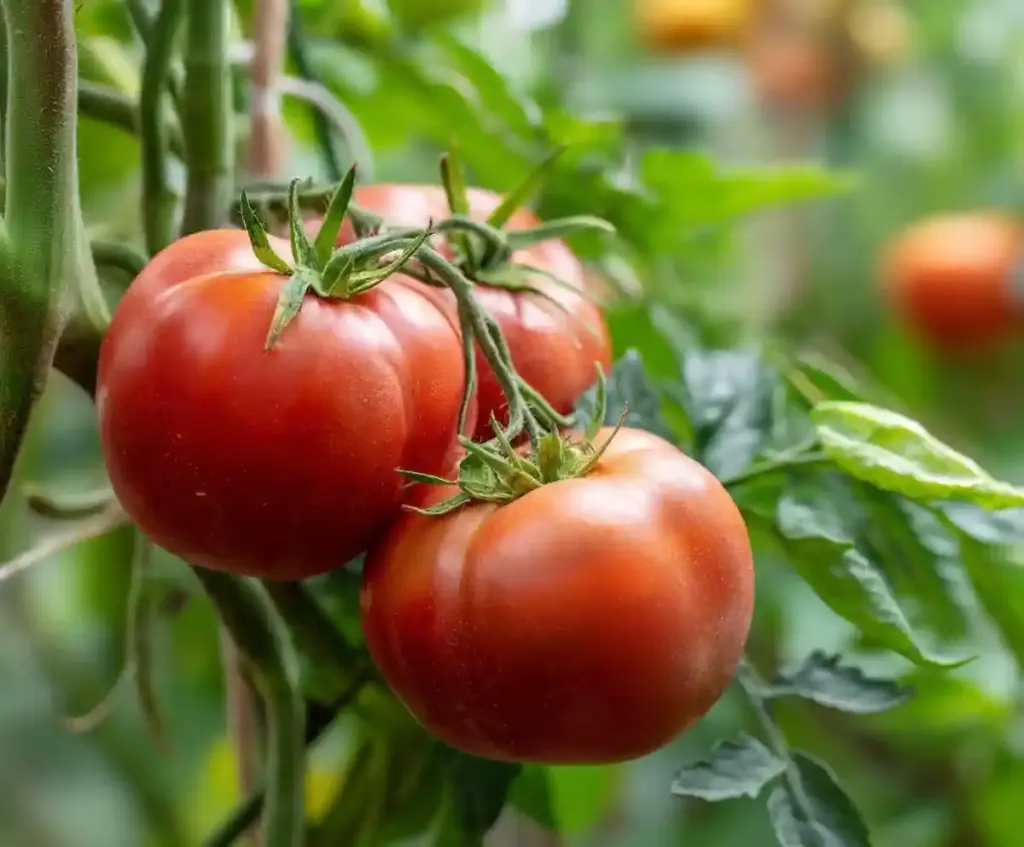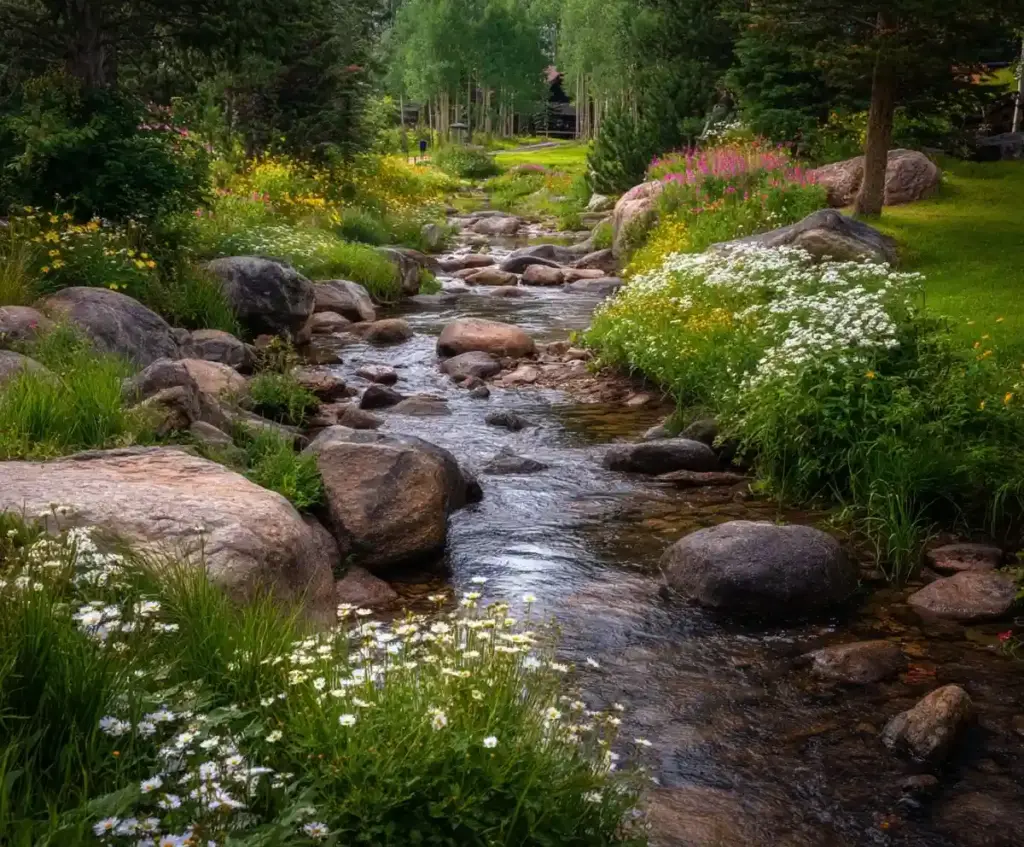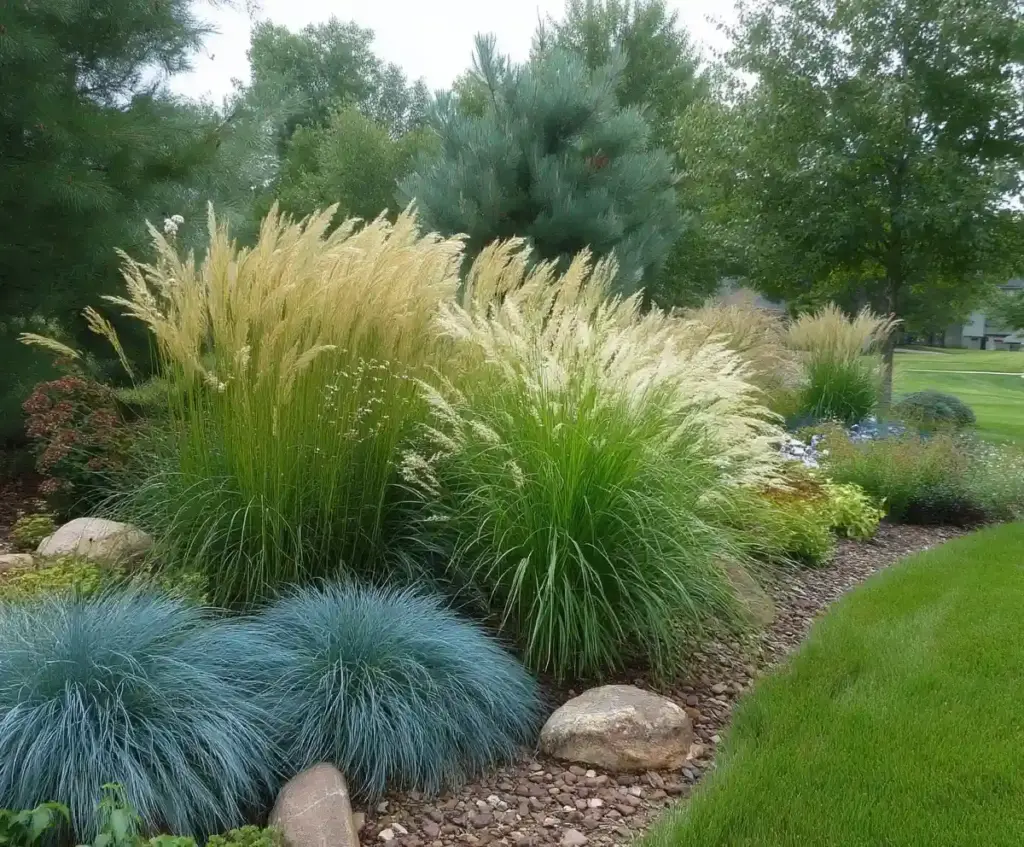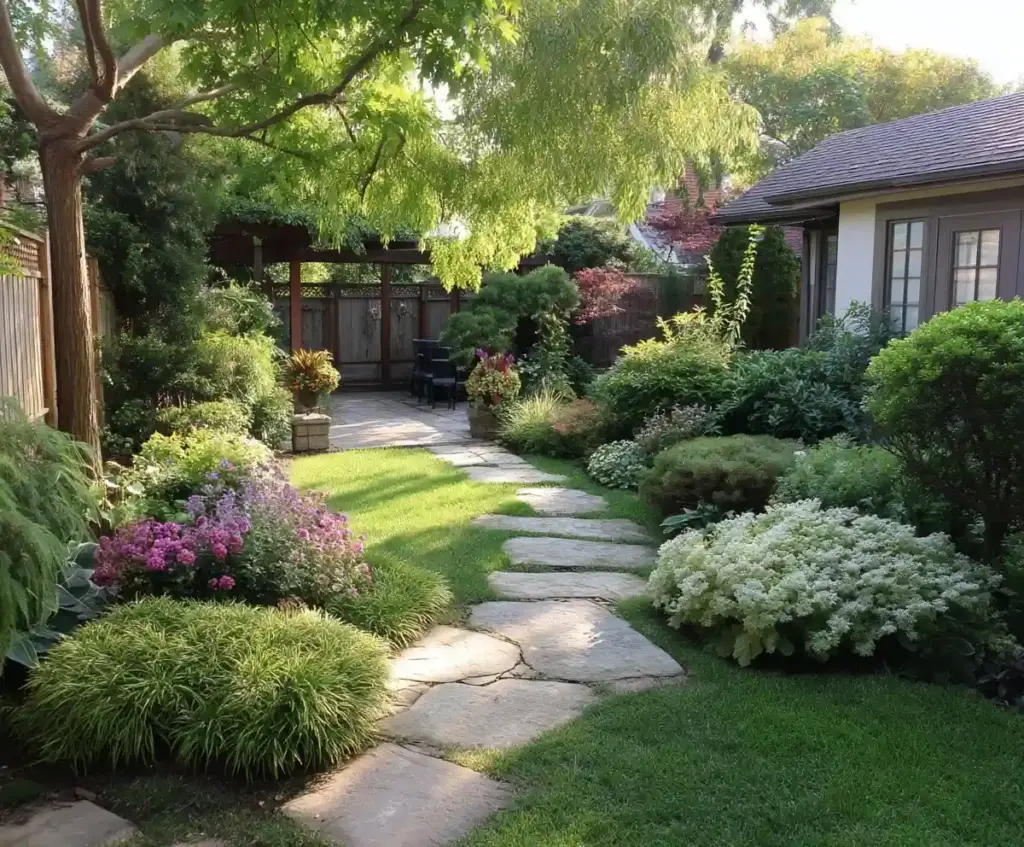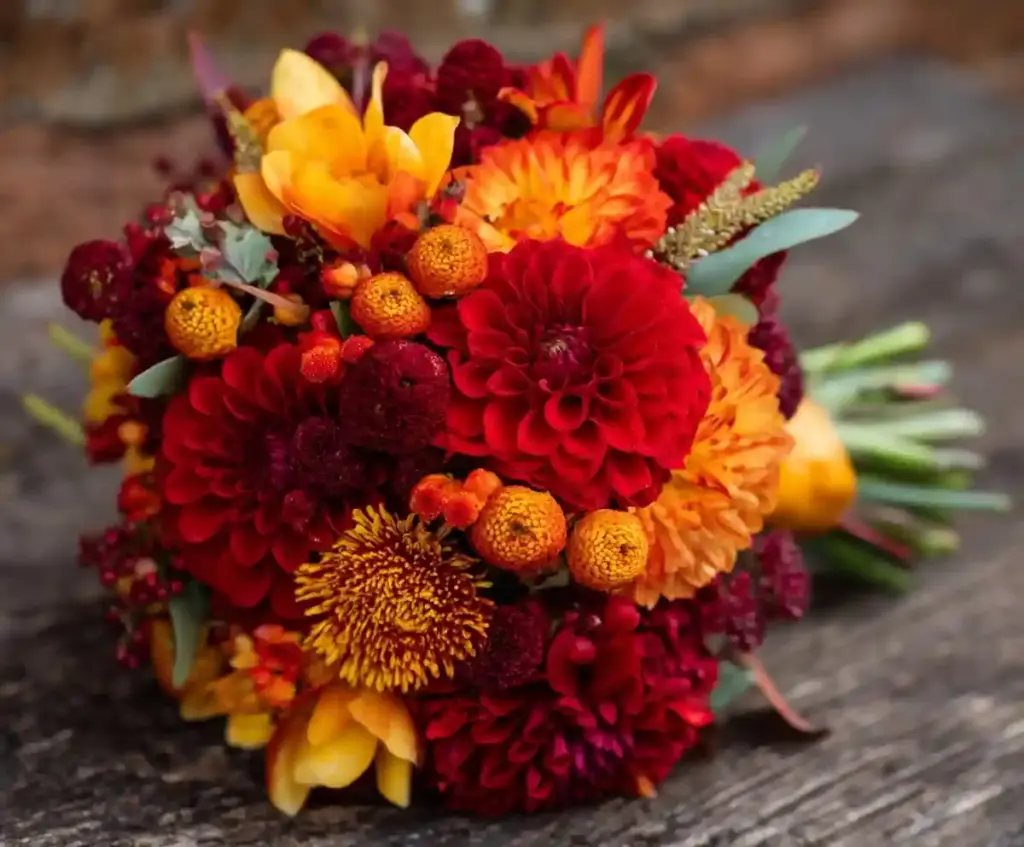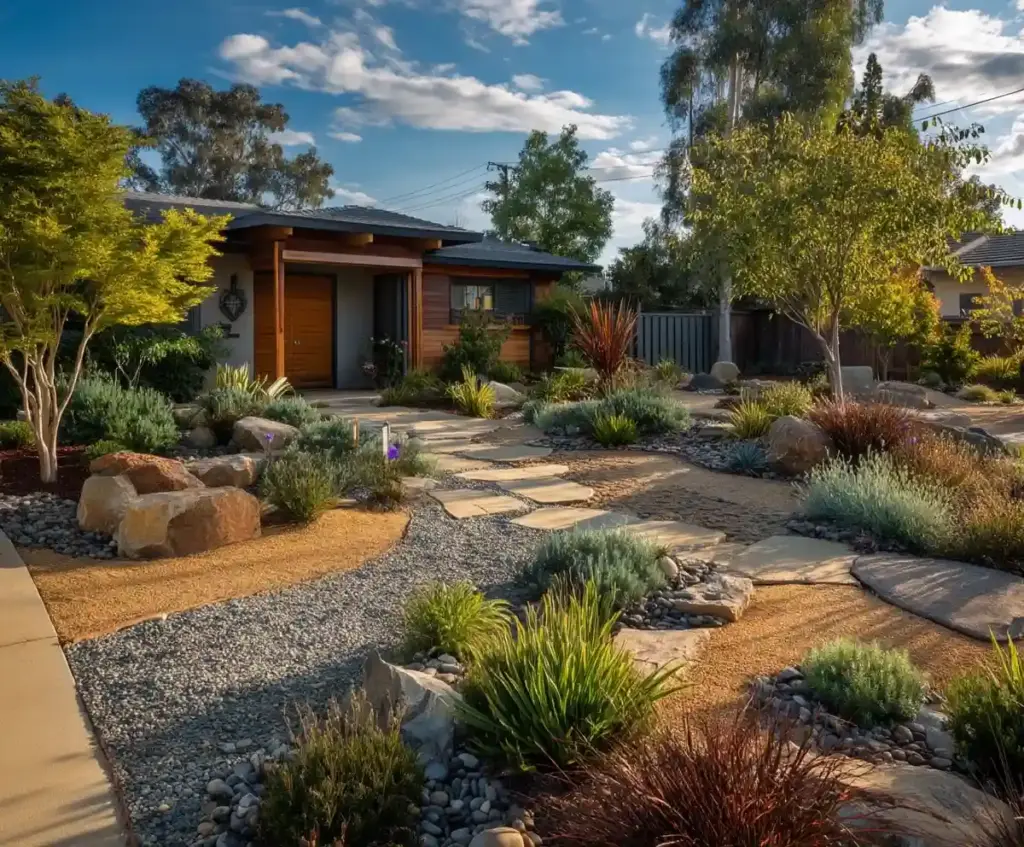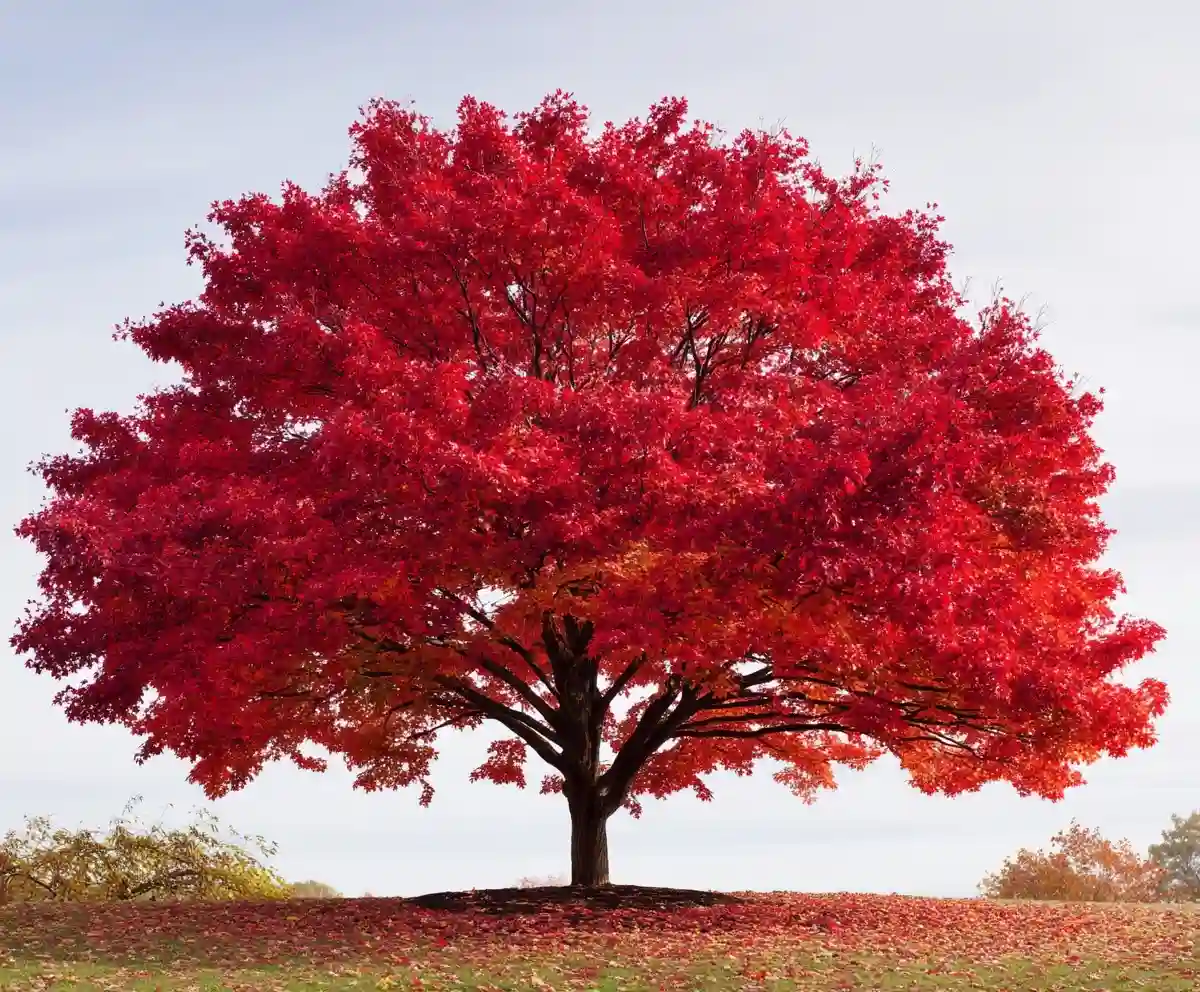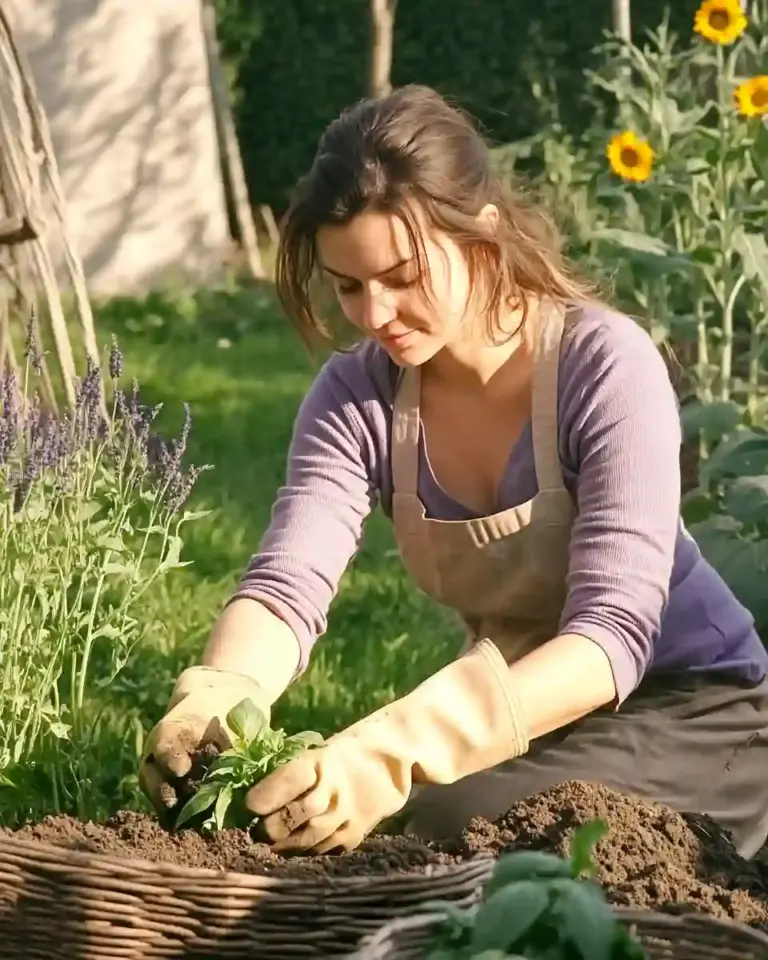Trees for fall foliage are the crown jewels of autumn landscapes. As summer fades, certain trees come alive with vibrant colors—deep reds, fiery oranges, golden yellows, and even purples—transforming yards and parks into breathtaking natural galleries. Whether you’re planting for visual impact or planning a seasonal landscape refresh, choosing the right trees can turn any outdoor space into a fall masterpiece. Below, we’ll highlight 13 of the most eye-catching trees for fall foliage, perfect for boosting curb appeal and seasonal charm in your garden.
Table of Contents
1. Red Maple
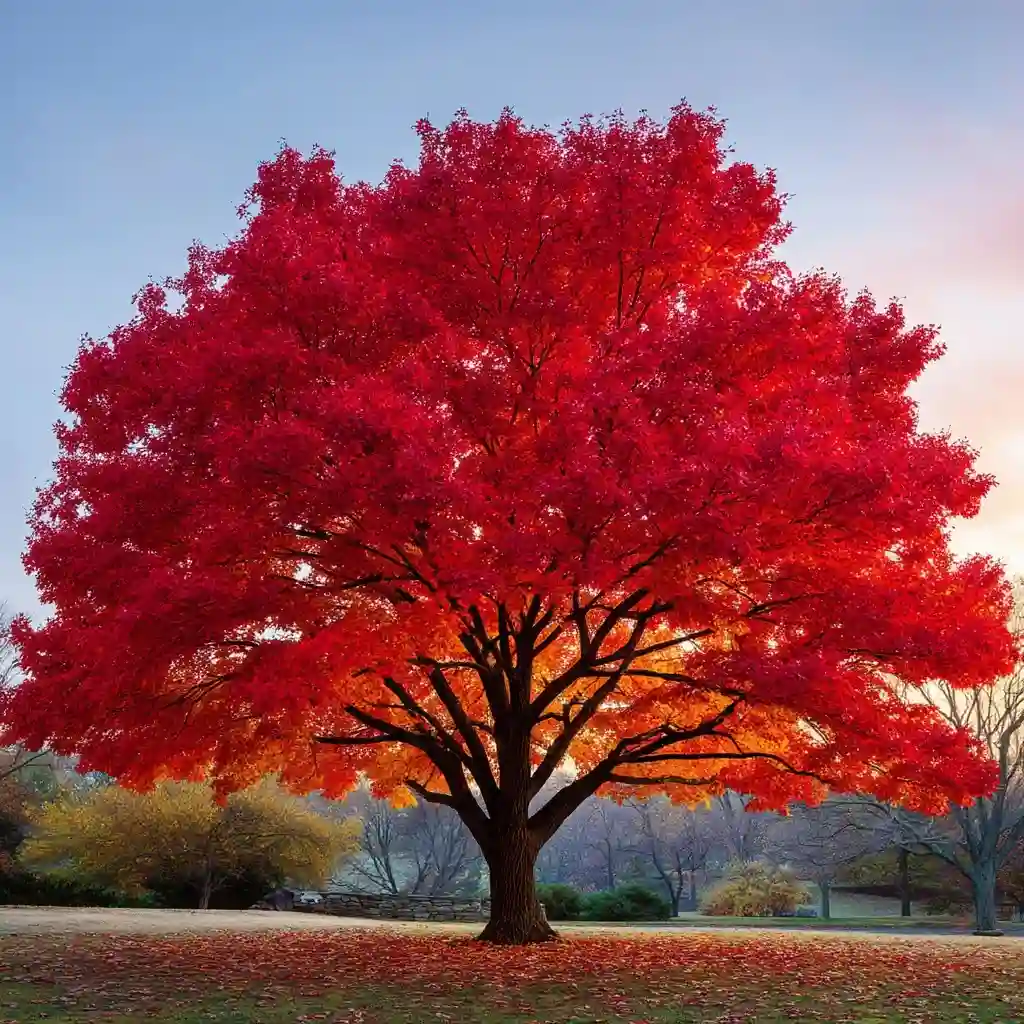
Few trees rival the Red Maple when it comes to vivid trees for fall foliage. Known for its blazing crimson and scarlet hues, the Red Maple transforms any landscape into a dramatic autumn showpiece. Its leaves typically turn color earlier than many other trees, making it a popular choice for those eager to welcome fall.
This fast-growing native tree is highly adaptable and thrives in a variety of soil types. Whether planted as a single focal point or part of a larger grouping, Red Maples bring a fiery contrast that’s hard to miss. Their symmetrical shape and manageable height also make them ideal for residential yards and urban settings.
Why Choose It:
- Brilliant early-season color
- Low maintenance and resilient
- Suitable for most U.S. hardiness zones
2. Black Gum
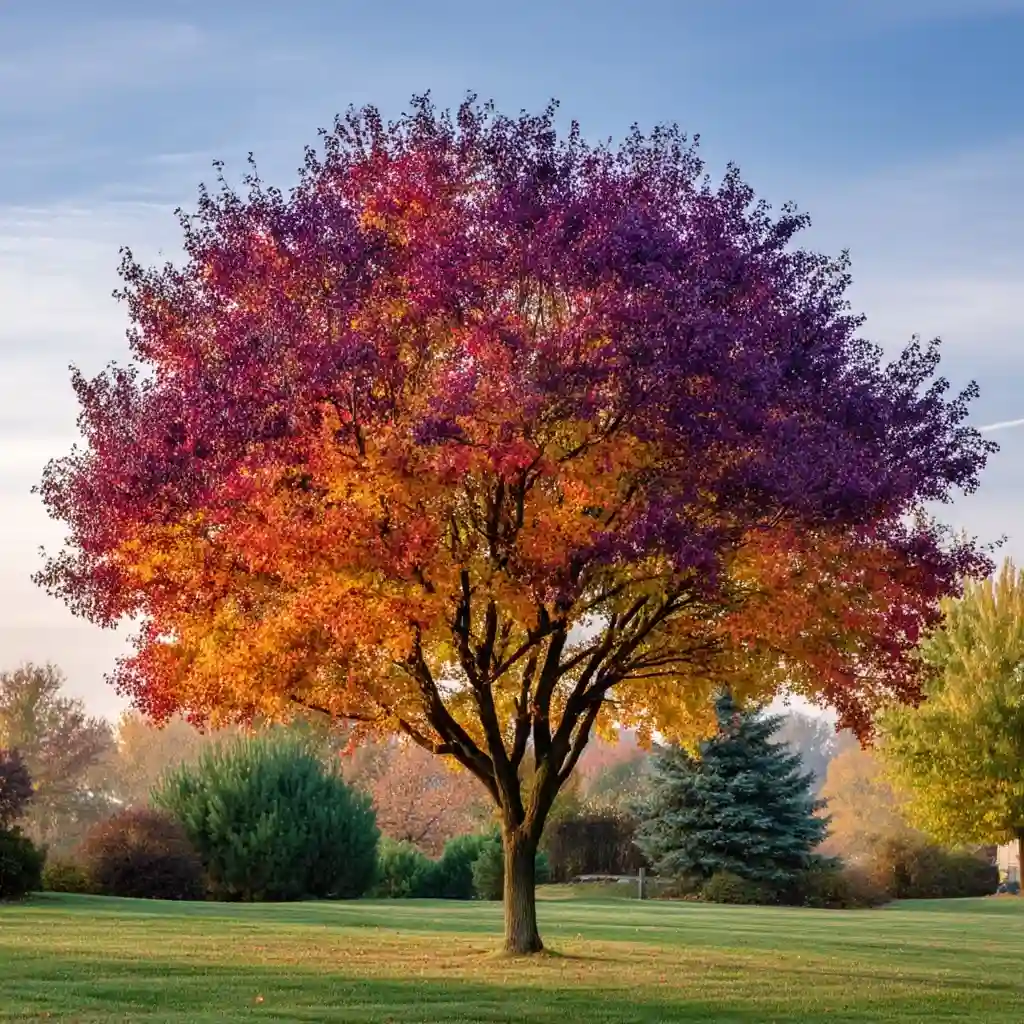
The Black Gum, also known as Nyssa sylvatica, is an underrated gem among trees for fall foliage. Its leaves shift through a full autumn spectrum—ranging from orange and yellow to deep scarlet and purple—often on the same branch. This dazzling display makes the Black Gum a standout even among more commonly known fall favorites.
In addition to its color show, the Black Gum offers a graceful, upright growth habit and a strong central trunk, giving it a stately appearance. It’s also loved for its ecological benefits, attracting pollinators in spring and providing food for birds in fall.
Why Choose It:
- Multicolor foliage on a single tree
- Thrives in moist, well-drained soils
- Excellent wildlife support
3. Japanese Maple
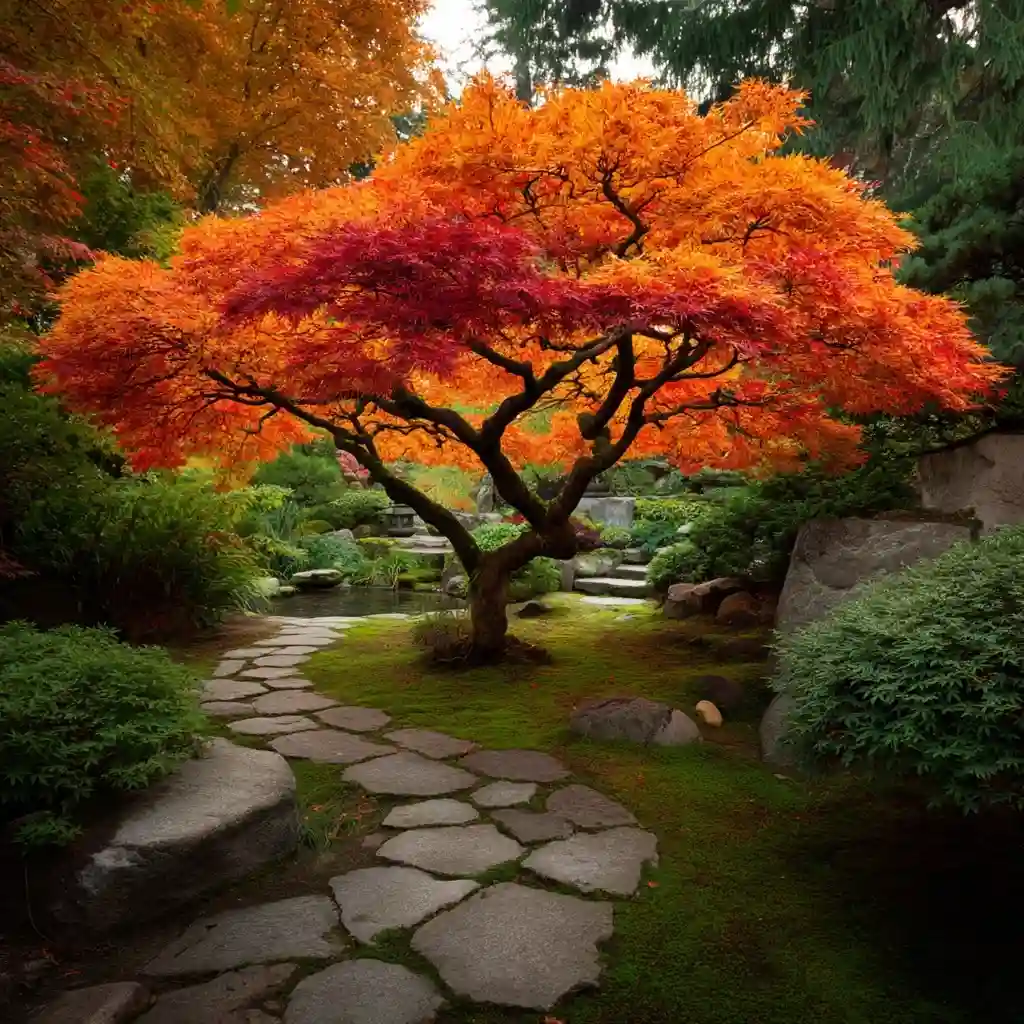
The Japanese Maple is one of the most elegant and artistic trees for fall foliage, prized for its finely cut leaves and graceful, sculptural form. While some varieties maintain red or purple leaves year-round, many burst into intense shades of crimson, gold, and orange as autumn arrives.
This small to medium-sized tree is ideal for compact gardens, courtyards, or shaded corners. With hundreds of cultivars available, gardeners can choose leaf shapes, sizes, and colors to suit any landscape design. Its slow growth and manageable height also make it an excellent option near patios or walkways.
Why Choose It:
- Wide variety of cultivars and colors
- Compact size for small spaces
- Striking foliage and form year-round
4. Sugar Maple
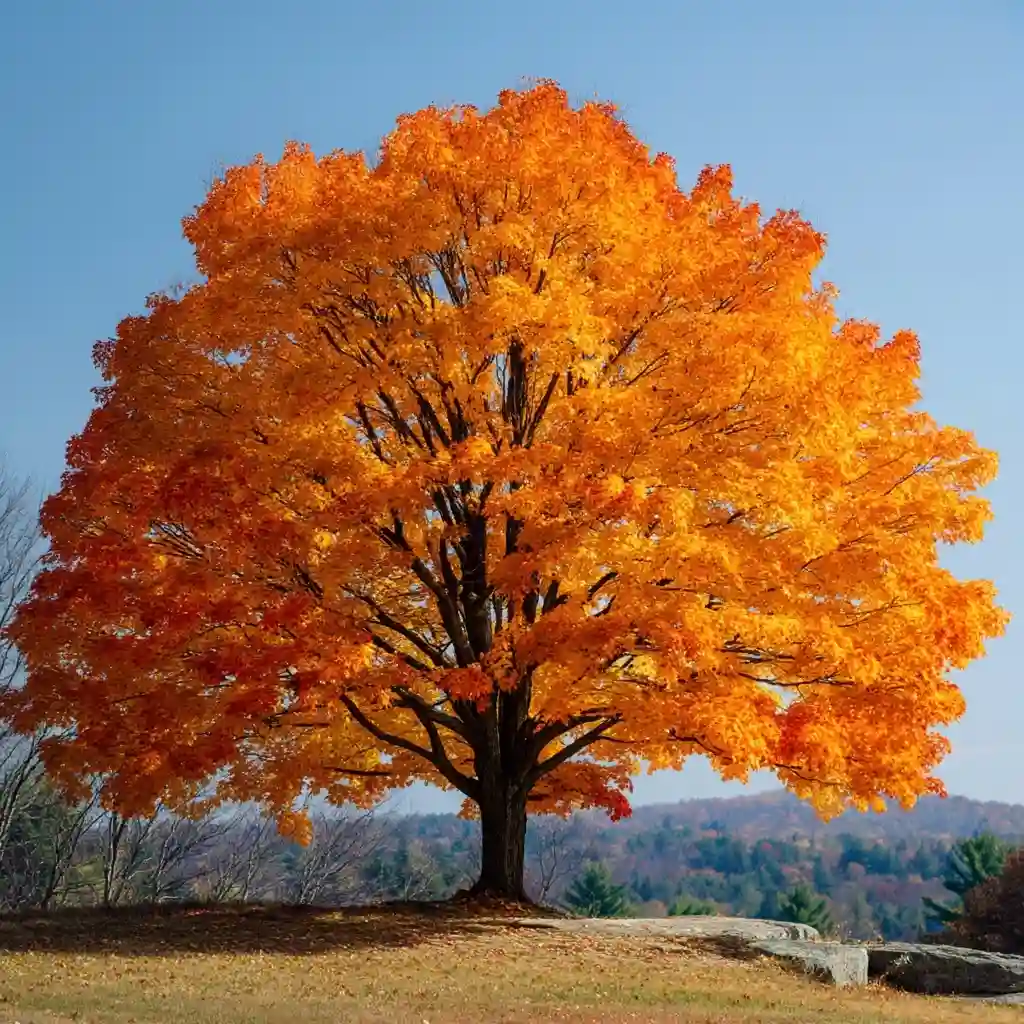
The Sugar Maple is a classic staple among trees for fall foliage, delivering some of the most iconic autumn colors in North America. Its broad canopy bursts into an electric mix of orange, red, and yellow, making it a showstopper in both rural landscapes and suburban yards.
Beyond its seasonal beauty, this tree is also famous for producing maple syrup, adding a sweet bonus for those planting it. Sugar Maples grow best in well-drained, slightly acidic soil and need space to spread—so give them room to shine.
Why Choose It:
- Bold, fiery foliage across a wide color spectrum
- Great shade tree with strong structure
- Source of maple syrup and native appeal
5. Sassafras
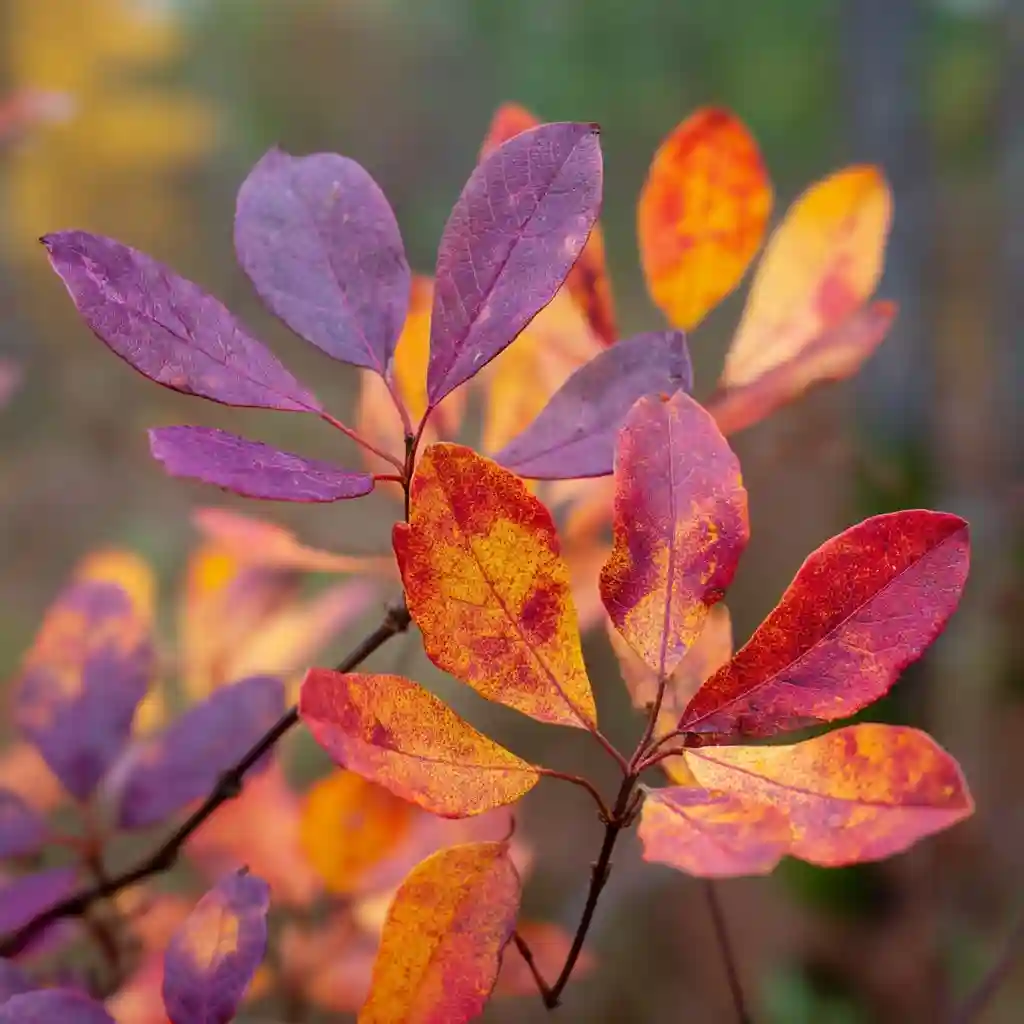
The Sassafras tree is a uniquely charming choice among trees for fall foliage, thanks to its quirky leaf shapes and vibrant seasonal colors. You’ll often find three distinct leaf forms on the same tree—some look like mittens, others like tridents, and some are oval. This diversity adds visual interest year-round.
In autumn, the Sassafras tree puts on a stunning display of orange, red, yellow, and even deep purple. It also has a rich cultural history—its roots were traditionally used to make tea and flavor root beer.
Why Choose It:
- Distinctive, multi-shaped leaves
- Brilliant fall color range
- Native tree with historical uses
6. American Aspen
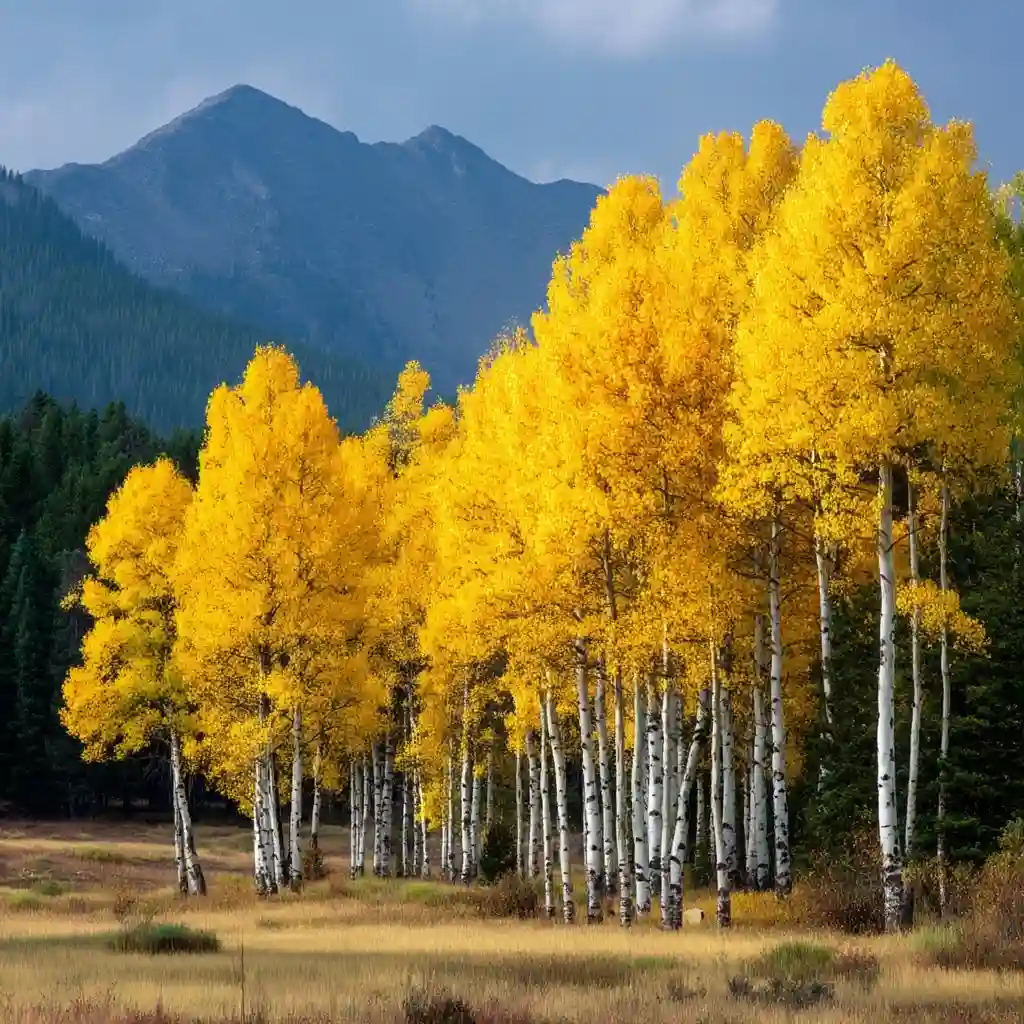
The American Aspen, especially the Quaking Aspen, is one of the most mesmerizing trees for fall foliage. Its heart-shaped leaves shimmer and flutter in the breeze, turning bright yellow in autumn and creating a golden, almost glowing effect across entire groves.
These trees are known for their ability to colonize and form dense stands through root sprouting, making them ideal for naturalized or woodland-style landscapes. While they’re more common in cooler climates, Aspens can adapt to various environments with the right care.
Why Choose It:
- Brilliant golden-yellow fall color
- Unique, trembling leaf movement
- Ideal for naturalized landscapes
7. Maidenhair Tree
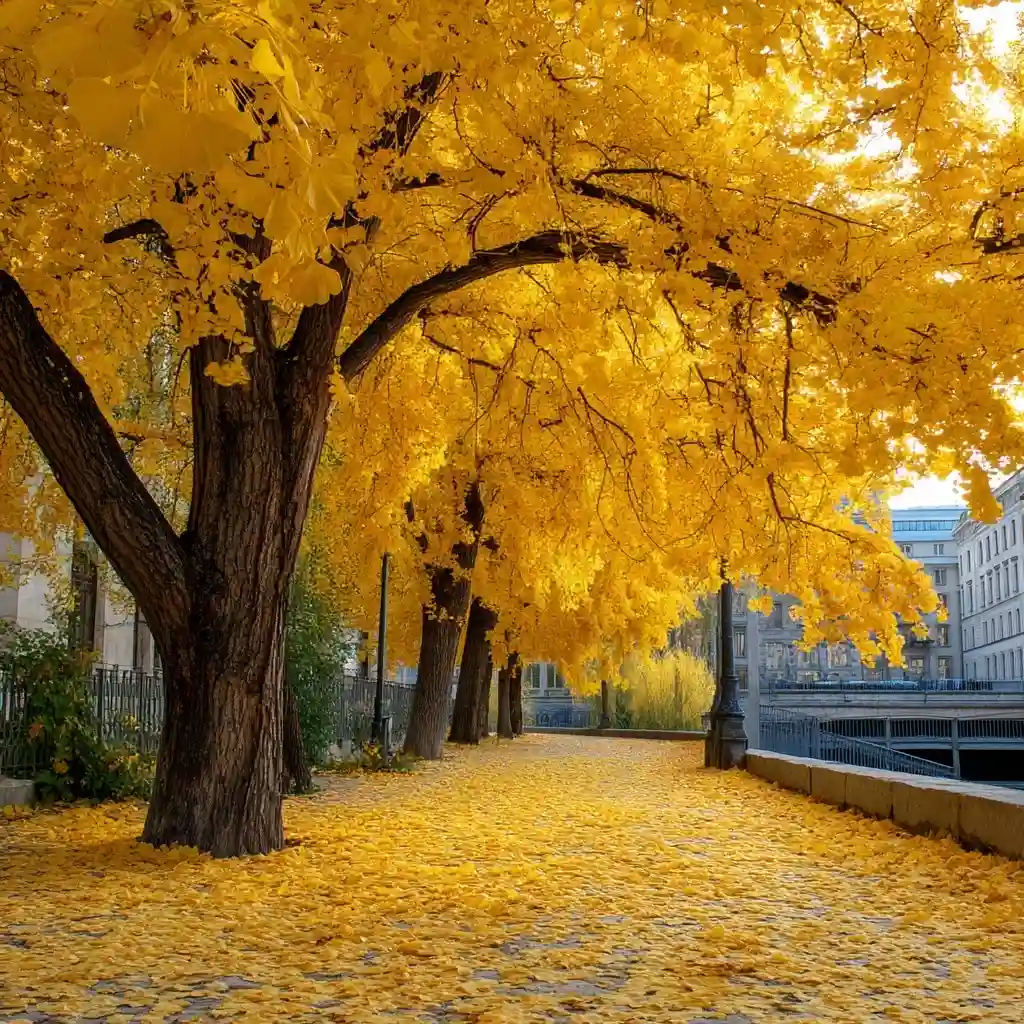
The Maidenhair Tree, better known as Ginkgo biloba, is a living fossil and one of the most unique trees for fall foliage. Its fan-shaped leaves turn a brilliant golden yellow in autumn, often dropping all at once to create a golden carpet beneath its canopy.
Ginkgo trees are incredibly resilient—resistant to pests, pollution, and disease—making them a top choice for urban gardens and streetscapes. Male trees are usually preferred for landscaping, as female trees produce fruit with a strong odor.
Why Choose It:
- Striking, golden-yellow foliage
- Extremely hardy and long-lived
- Distinctive leaf shape adds elegance
8. Tulip Tree
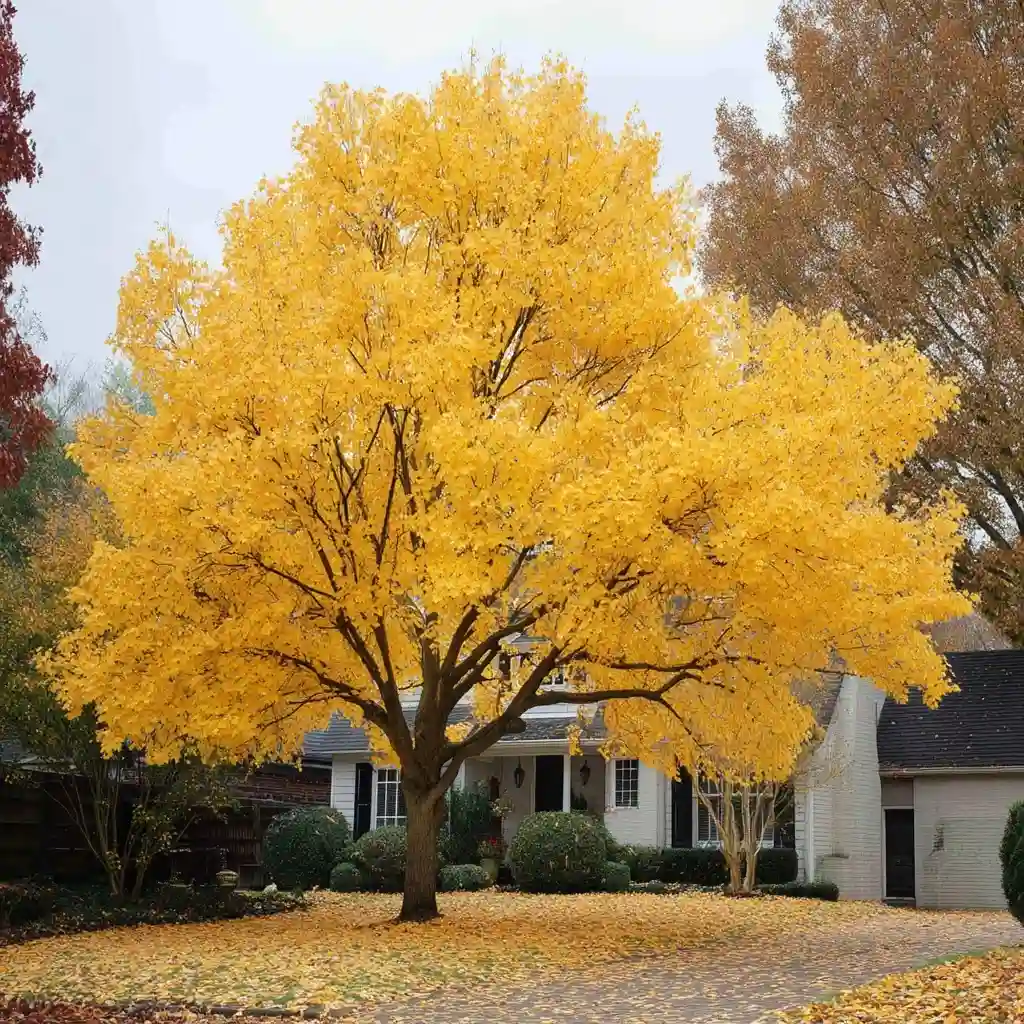
The Tulip Tree, also known as Liriodendron tulipifera, stands tall—literally and figuratively—among trees for fall foliage. It’s one of the tallest native hardwoods in North America and dazzles in autumn with vibrant yellow leaves that glow against its smooth, straight trunk.
Named for its tulip-shaped flowers in spring, the tree’s foliage is just as striking in fall. Its large, uniquely shaped leaves flutter in the breeze and provide excellent shade during the warmer months.
Why Choose It:
- Bright yellow autumn color
- Impressive height and shade coverage
- Fast-growing and native to eastern U.S.
9. Sweet Gum
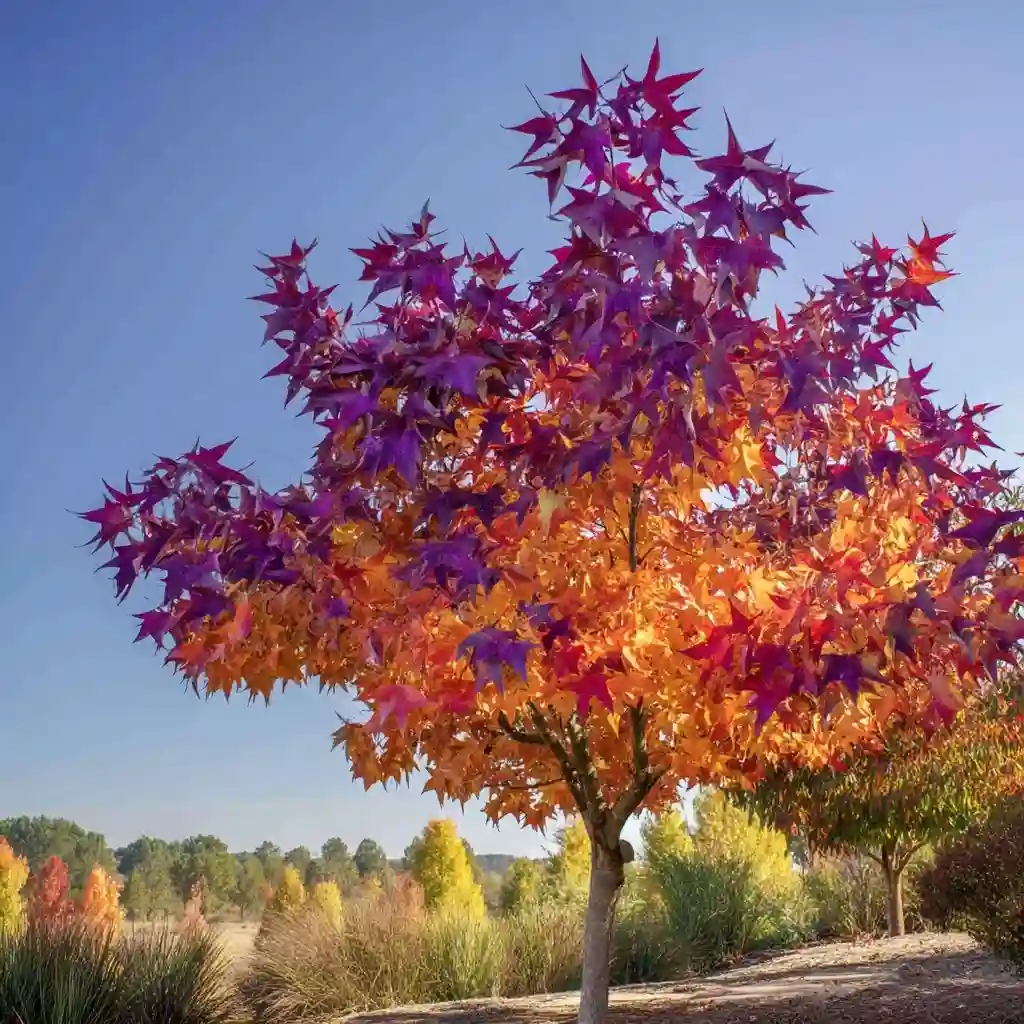
The Sweet Gum tree is a colorful standout in any list of trees for fall foliage, thanks to its star-shaped leaves that display an incredible range of colors—often all at once. You’ll see deep reds, purples, oranges, and golds blending together on a single tree, creating a kaleidoscopic effect throughout the season.
This tree has a tall, upright form and a pyramidal shape when young. While its spiky seed balls can be a nuisance for some, many gardeners find the fall color well worth it. It’s a great choice for large yards where its size and color can truly shine.
Why Choose It:
- Multi-colored foliage on one tree
- Distinctive leaf shape adds visual texture
- Provides brilliant fall display for weeks
10. Paperbark Maple
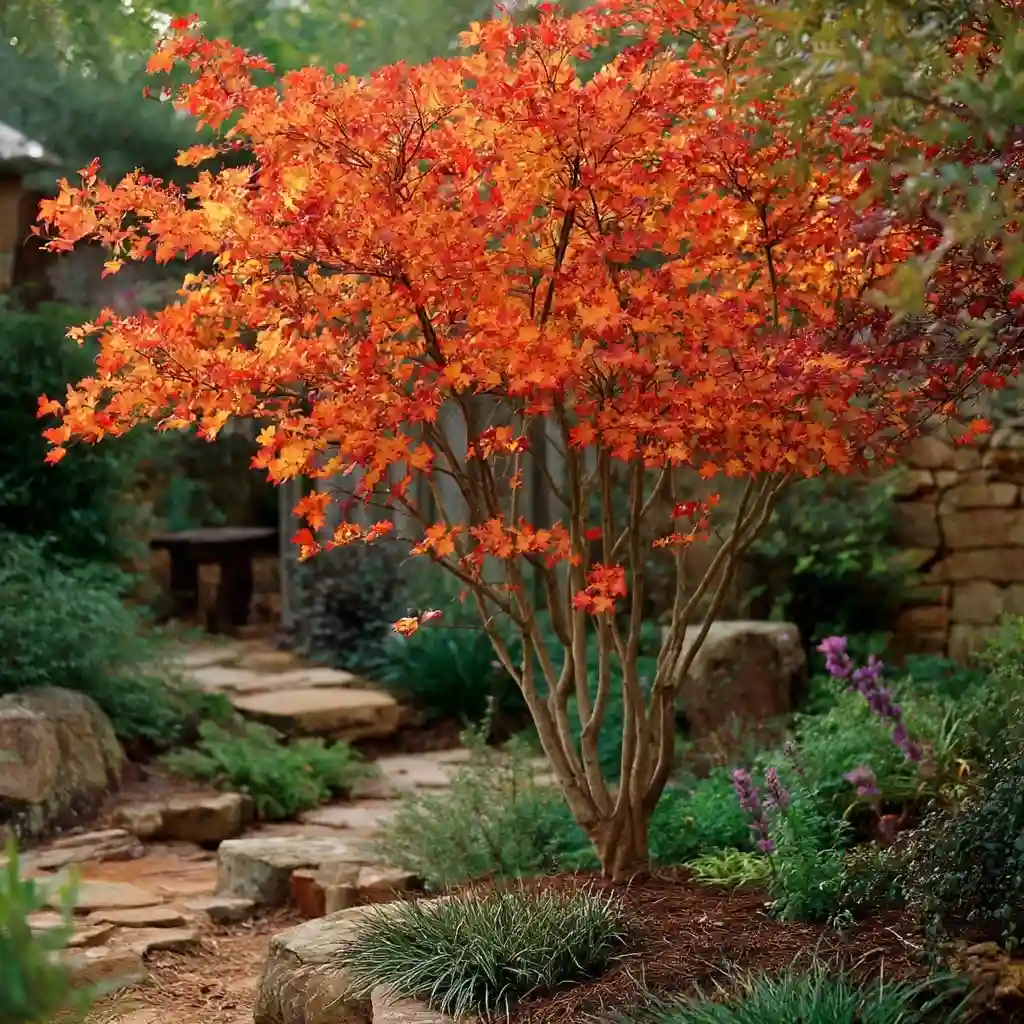
The Paperbark Maple is a small but striking contender among trees for fall foliage, prized not only for its brilliant red-orange autumn leaves but also for its beautiful, peeling cinnamon-colored bark that adds winter interest.
This compact tree is perfect for smaller gardens or as a specimen planting near patios or walkways. Its slow growth and manageable size make it easy to maintain, while its textured bark provides year-round visual appeal.
Why Choose It:
- Deep red to orange fall foliage
- Exfoliating bark adds four-season interest
- Ideal for small landscapes or focal points
11. American Beech
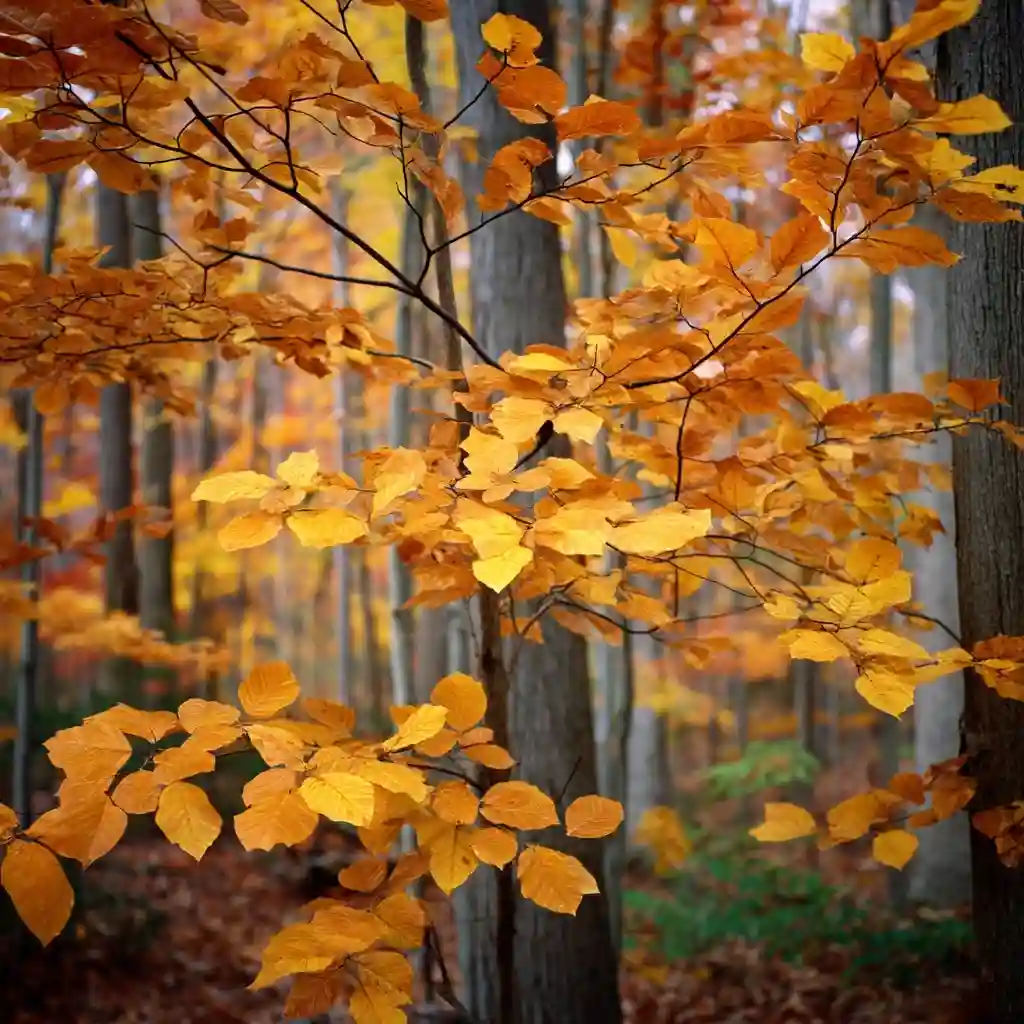
The American Beech is a stately and long-lived native species that deserves a spot on any list of trees for fall foliage. In autumn, its broad, toothed leaves turn a warm golden bronze, often lingering on the branches well into winter—adding seasonal interest long after most trees have dropped their leaves.
With smooth, silver-gray bark and a naturally symmetrical form, the American Beech brings both elegance and shade to larger landscapes. It’s a slow grower but rewards patience with durability and year-round beauty.
Why Choose It:
- Warm bronze fall tones with long-lasting leaves
- Distinctive smooth bark
- Excellent shade tree with strong structure
12. Japanese Stewartia
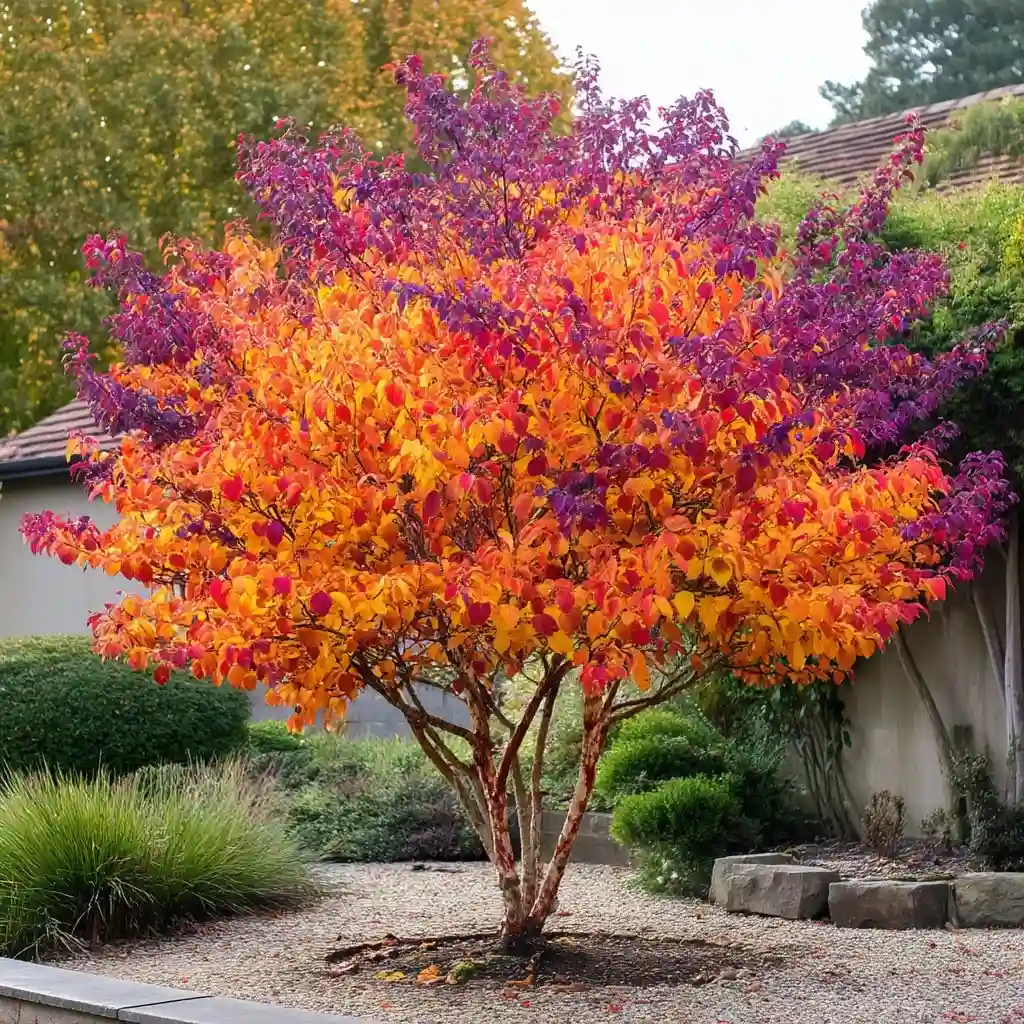
The Japanese Stewartia is a lesser-known gem among trees for fall foliage, offering a multi-season show of beauty. In autumn, its oval leaves turn vibrant shades of red, orange, and purple, often rivaling the flashier maples. But the fall display is just one of its many charms.
This elegant tree also boasts camellia-like white flowers in summer and exfoliating bark that peels in patches to reveal a mosaic of gray, orange, and brown underneath. Its compact size and refined shape make it an ideal choice for ornamental gardens.
Why Choose It:
- Striking fall color with rich reds and purples
- Beautiful summer flowers and peeling bark
- Great for small gardens and focal plantings
13. Bald Cypress
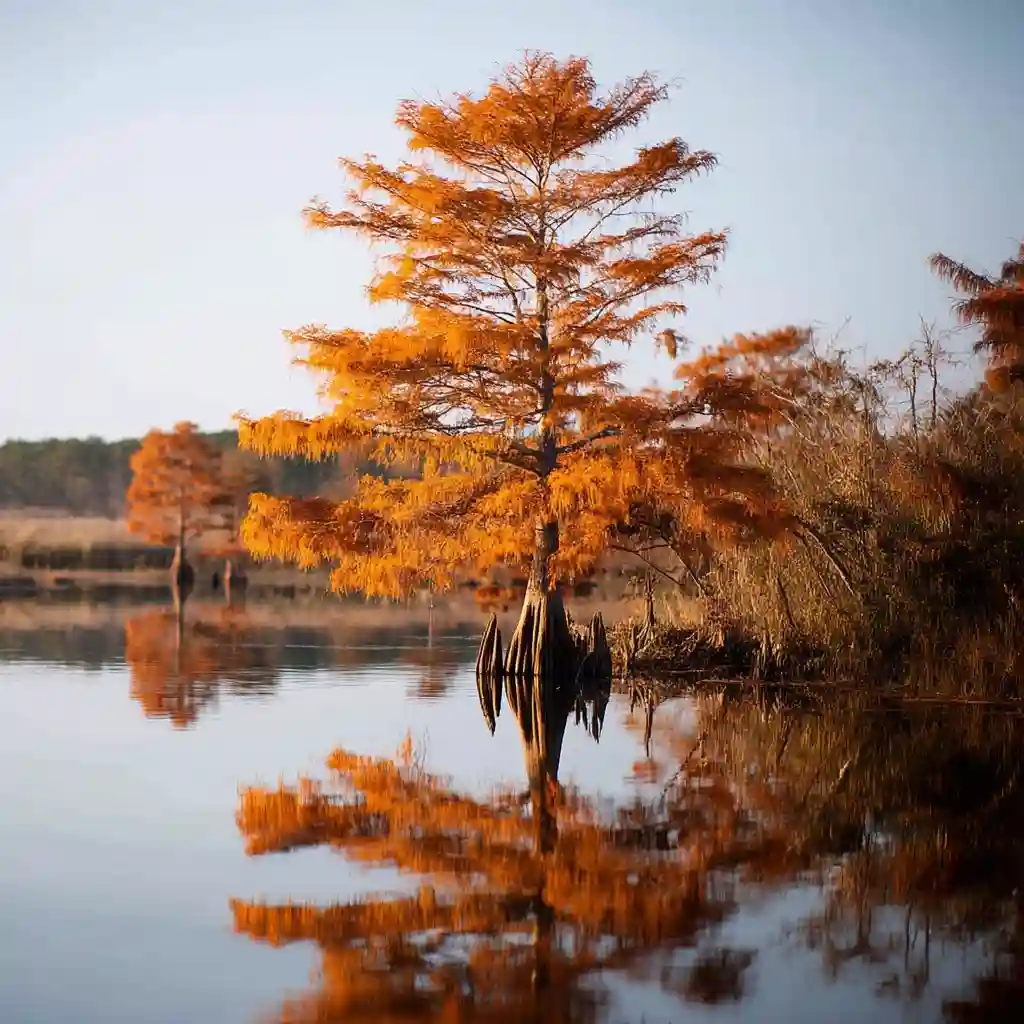
The Bald Cypress stands out as one of the few deciduous conifers among trees for fall foliage, shedding its soft, feathery needles each year in a blaze of coppery orange and russet tones. Its upright, pyramidal shape and dramatic seasonal change make it a standout in both wet and dry landscapes.
Although commonly associated with southern swamps, Bald Cypress adapts surprisingly well to drier soils and urban settings. Its unique texture and warm autumn colors make it a fantastic choice for gardeners looking for something a little different.
Why Choose It:
- Unusual deciduous conifer with soft needles
- Stunning fall colors in copper and rust shades
- Adaptable to various growing conditions
Conclusion
If you’re planning a garden that truly shines in autumn, choosing the right trees for fall foliage makes all the difference. From the fiery brilliance of Red Maples to the elegant glow of Japanese Stewartia, these 13 trees offer a wide palette of colors, forms, and seasonal interest to transform your landscape.
Whether you’re working with a small yard or designing a large woodland retreat, there’s a perfect fall tree for every space and style. Consider combining different species to extend the seasonal display and enjoy layers of vibrant color from early fall through the first frost.
FAQ
What is the best tree for fall foliage color?
The Red Maple is often considered the best for fall foliage due to its intense scarlet hues, fast growth, and adaptability. However, many gardeners also favor the Sugar Maple, Sweet Gum, and Japanese Maple for their vibrant and varied colors.
Are there small trees that provide great fall color?
Yes! Several compact trees offer impressive fall foliage without overwhelming smaller yards. Top choices include the Japanese Maple, Paperbark Maple, and Japanese Stewartia—all of which bring bold color and refined structure to limited spaces.
How can I enhance fall color in my trees?
Healthy trees produce the best fall color. Ensure your trees receive:
- Proper watering, especially during dry spells
- Well-draining soil
- Adequate sunlight
- Minimal stress from pests or pruning
Avoid over-fertilizing, as too much nitrogen can dull fall color.
When is the best time to plant trees for fall foliage?
Early spring or fall (before the first frost) is ideal for planting. This gives trees enough time to establish roots before winter and start strong in the next growing season.
🌿 Love gardening inspiration? Follow me on Pinterest for bold plant ideas, tips, and seasonal color!
More Posts
